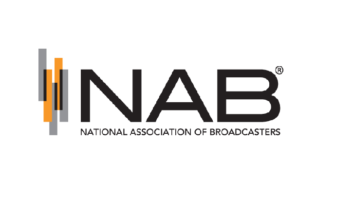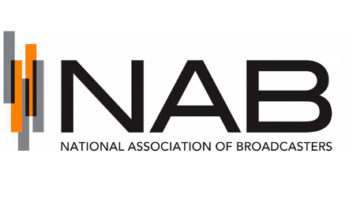A federal appeals court has handed a defeat to the National Association of Broadcasters, siding with the Federal Communications Commission regarding low-power FMs and protection of full-power broadcasters’ second-adjacent channels.
NAB is studying the decision and its options.
This is the latest round in a long-waged legislative and legal effort between the NAB, which has sought to limit the number and impact of LPFM stations on the dial, and proponents of the service, who believe LPFMs allow diversity and community voices in radio that most commercial owners do not.
Acting FCC Chairman Michael Copps said the decision upholds the commission’s authority to waive second-adjacent spacing requirements to protect LPFM stations “facing encroachment by full-power stations” and will allow some 40 LPFMs to remain on the air.
Specifically, NAB challenged three changes the FCC made in 2007 to its LPFM rules. The first two involved second-adjacent channel protections while the third involved displacement protection for LPFMs.
The FCC adopted changes to its rules to prevent interference between LPFM stations and nearby full-power FMs, setting minimum distance requirements for co-channel and first- and second-adjacent channel LPFMs but not for third-adjacent channels, saying third-adjacent channel LPFMs would not cause “significant new interference” to existing FMs.
The commission also required an LPFM station causing interference to a subsequently authorized new or modified full-power station to modify its facilities and shut down if those changes could not prevent interference. However, the agency changed its rules so that only full-power co-channels and first-adjacent channels were protected, not second-adjacent full-power FM channels.
NAB then appealed, saying the changes either reduced the protections afforded to full-power FM stations against signal interference from LPFMs or gave LPFMs primary status over full-power FM stations in certain circumstances.
The court narrowly interpreted the rules. It stated, “Even assuming the logic behind relaxing requirements for third-adjacent channels before those for first- or second-adjacent channels, the NAB has not shown that the former must precede the latter.”
The appeals court said NAB’s challenges were not persuasive and dismissed part of them and rejected the others.
The Prometheus Radio Project hailed the decision.
“This is terrific news for the low power radio community,” said Sakura Saunders, a board member of the Prometheus Radio Project. “The few protections offered to these small stations were threatened by this lawsuit. Now, these stations can focus on serving their local communities, rather than live in fear of displacement due to the whims of their full-powered neighbors.”
Bills have been sitting in committee in both the House and Senate to drop third-adjacent channel protections for full-power FMs in order to allow more LPFMs on the dial. A hearing is scheduled for Thursday on the issue in the House Commerce Committee.










